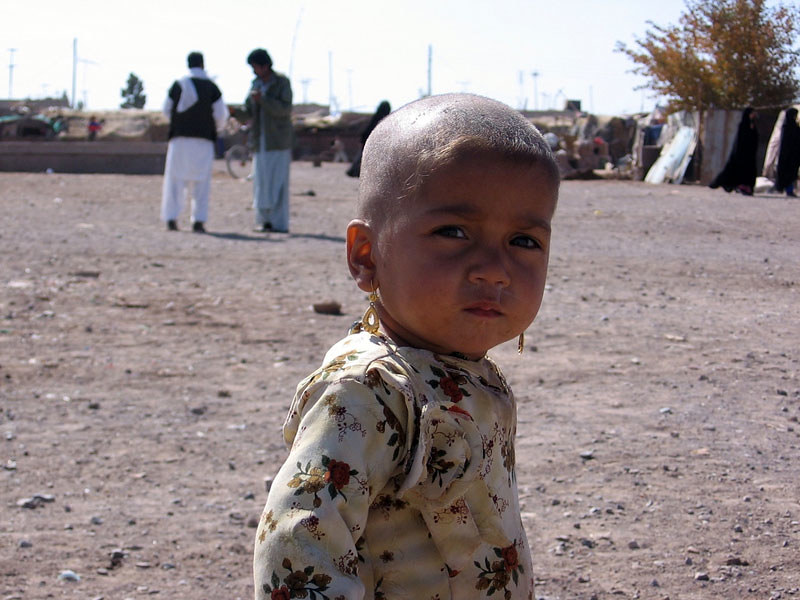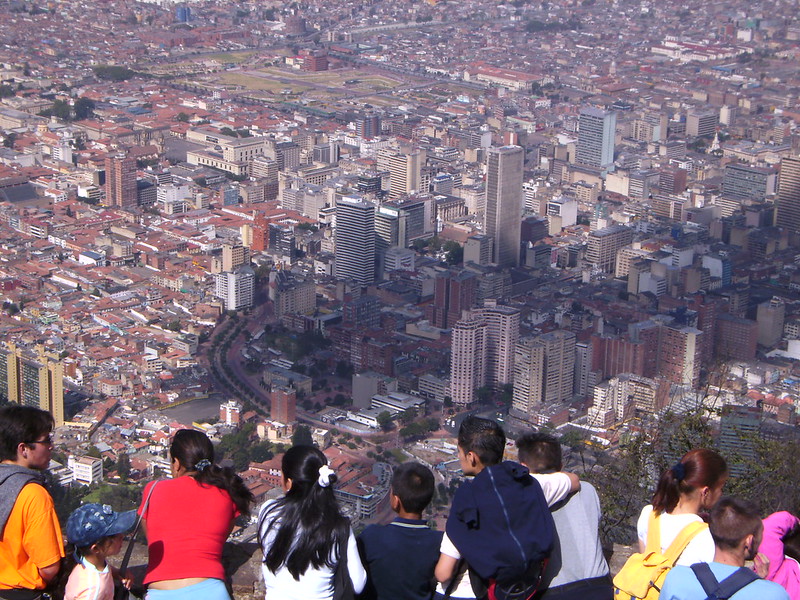 On June 7th, 2025, a 15-year-old gunman shot presidential candidate Uribe Turbay, who remains in critical condition. Colombian gangs have a history of targeting youth and particularly those living in poverty for recruitment. Despite Colombia’s turbulent past and even present, the country remains hopeful for the future, where the youth rise above poverty and uplift their community with them.
On June 7th, 2025, a 15-year-old gunman shot presidential candidate Uribe Turbay, who remains in critical condition. Colombian gangs have a history of targeting youth and particularly those living in poverty for recruitment. Despite Colombia’s turbulent past and even present, the country remains hopeful for the future, where the youth rise above poverty and uplift their community with them.
History of Violence in Colombia
Colombia has a history of organized crime and violence. Most notorious were Colombia’s Cali Cartel and rival Medellín Cartel, led by Pablo Escobar. In the 1980s and 90s, each generated billions of dollars from trafficking Cocaine and ruled their territories ruthlessly. Escobar even waged a personal war against the Colombian government for a period.
These gangs in Colombia often targeted the youth for recruitment. Children tend to be more impressionable, vulnerable to violence or threats of violence. They can be targeted if they lack education or live in poverty, as they have fewer other opportunities.
These historic patterns appear to have re-emerged with the shooting of Turbay. The youth who shot him had reportedly been paid to do so, indicating there were additional factors at play. His young age and likelihood of facing far less harsh criminal penalties might have played a role in why he was targeted.
Employment Reducing Violence in Colombia
Despite violence remaining prevalent across Colombia, it has reduced significantly since the 1980s and 1990s. With some support, the youth have begun to find better opportunities and take their country a step in the right direction.
Access to employment has helped the youth improve their lives and lift themselves out of poverty. Research shows that unemployment and less access to income can result in increased rates of violence, so reducing these issues spells hope.
William Alarcon, former operational manager at AES, explains how two young women coming from typically more dangerous areas of Colombia gained employment at his company. “One of the ideas in the company where I work was to give the chance to some people coming from those areas, it’s a good idea… they were very good [at] labor. They also had the intention to study more, to learn more,” he says. As a result, they were able to benefit their communities and, in particular, their families and their children, so they wouldn’t have to go through the same struggle as they did.
Alarcon also recalled how gaining employment at 25 not only benefited him, but also gave him the chance to give back. “I could improve lives, I worked making aqueducts for people in rural areas… I was very happy to see the face of those people, the happiness of the people [when they received water to their house],” he says.
Education Reducing Violence in Colombia
Education also directly relates to poverty and, by extension, violence in Colombia. Research shows that more education is correlated with more and better career opportunities. Professional experience can be difficult to get at a young age with limited available positions, but education can offer valuable skills and knowledge, making young people more employable.
“The advice to young people is to study, at least to go to make a technical career and if they can, go to a university because,” says Alarcon. “I compare people who study, at the end, can get better lives, better things, they can travel, they can educate their children in a better way.”
He also recommends that the Colombian government promote and provide access to education, particularly in areas of violence, to give the youth more opportunities. A process that the Colombian government has begun to consider with recent initiatives.
Looking Ahead
Despite the history of violence in Colombia and some ongoing issues, the country has a hopeful future because of the hard work of its youngest and the support from those around them. Violence is still an issue, but some trends show signs of promise. Through employment, education and general self-improvement, the country’s youth can potentially reshape their future.
– Jesse Correll
Jesse is based in Boston, MA, USA and focuses on Politics for The Borgen Project.
Photo: Flickr
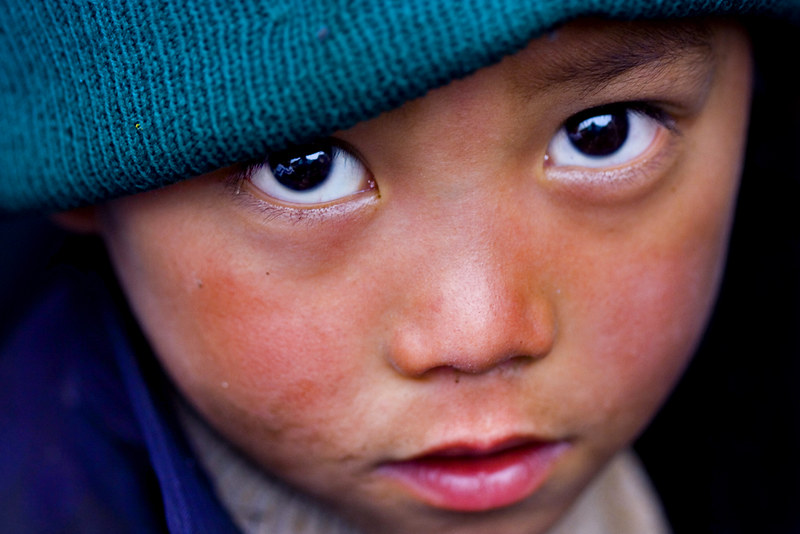
 After Colombian voters rejected the
After Colombian voters rejected the 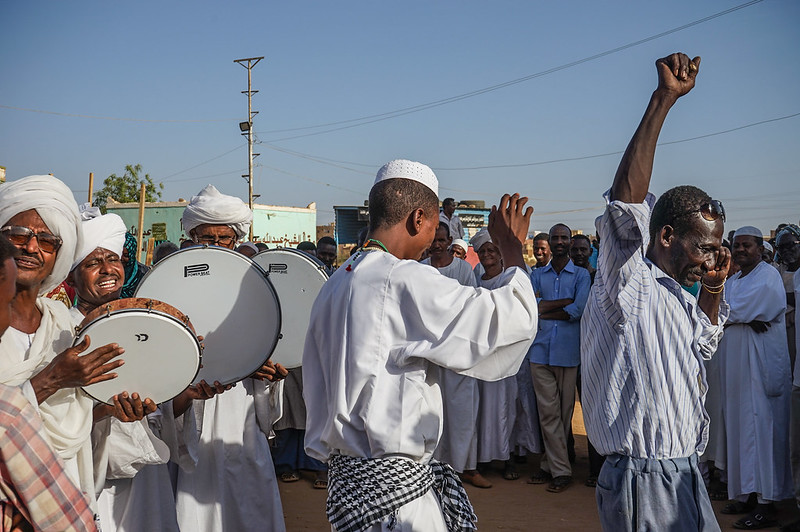
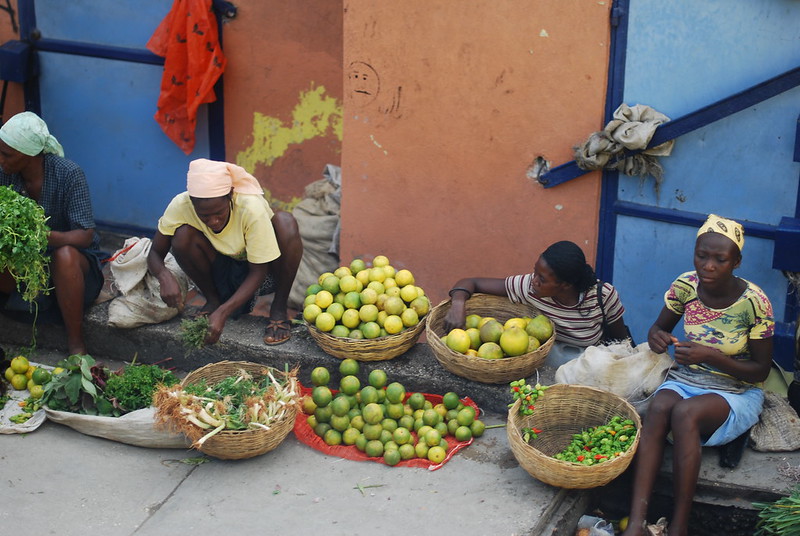 The ongoing humanitarian crisis in Haiti has forcibly displaced
The ongoing humanitarian crisis in Haiti has forcibly displaced 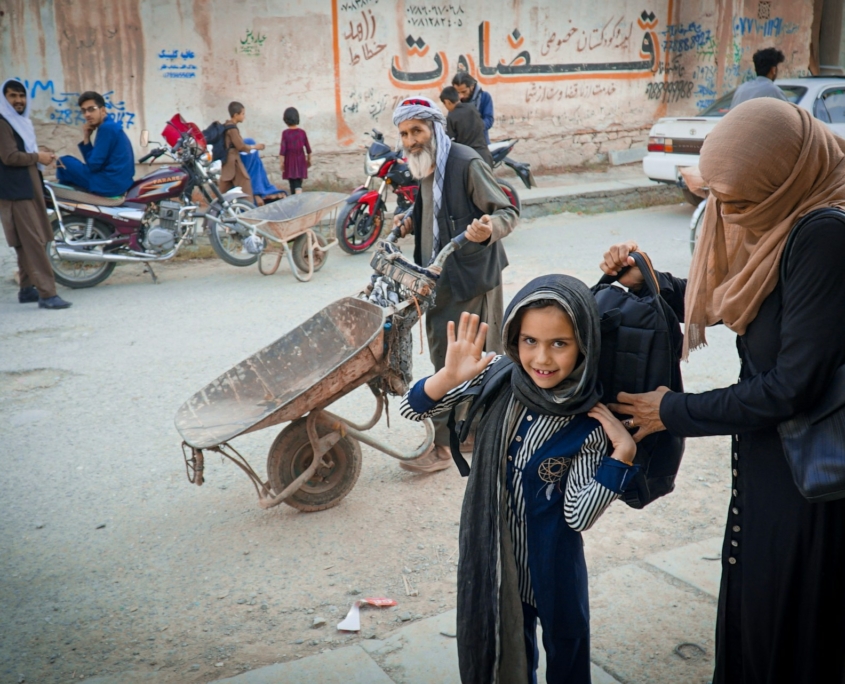 Afghanistan has faced long-term, simultaneous crises for decades. Its recent drop from number one
Afghanistan has faced long-term, simultaneous crises for decades. Its recent drop from number one 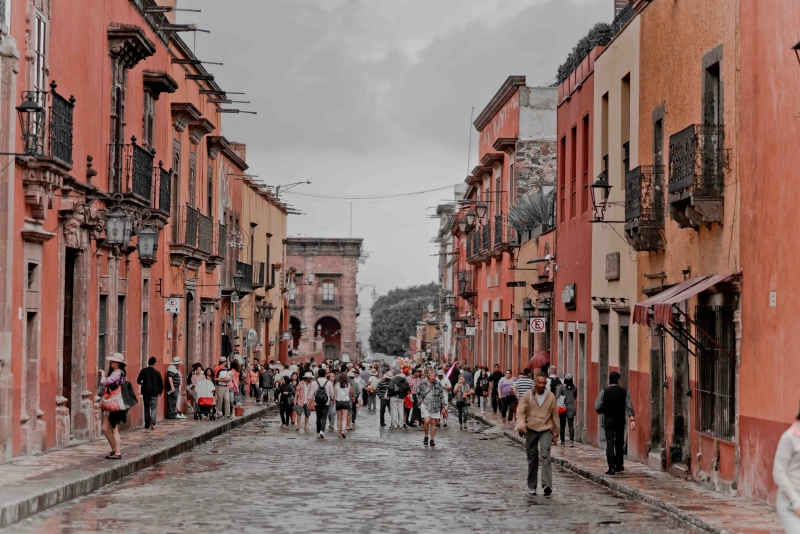 In Mexico, drug trafficking endangers civilians of all ages through increasing crime and violence. Rampant cartel activity
In Mexico, drug trafficking endangers civilians of all ages through increasing crime and violence. Rampant cartel activity 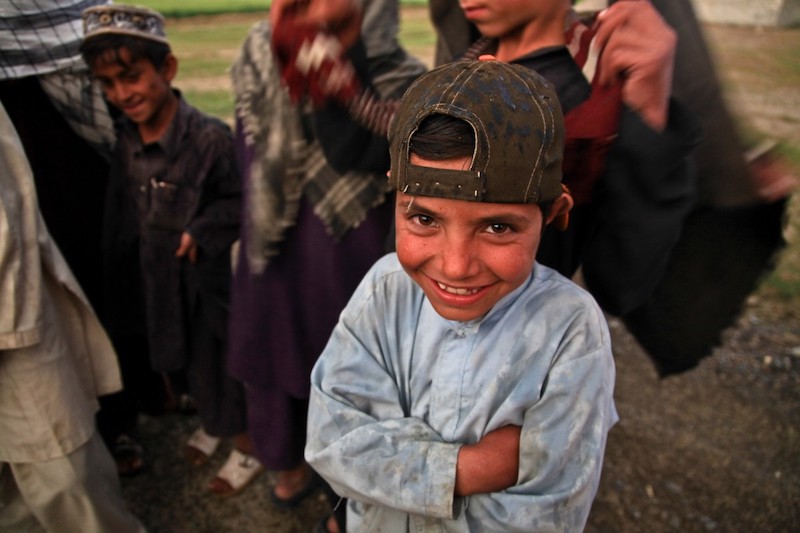
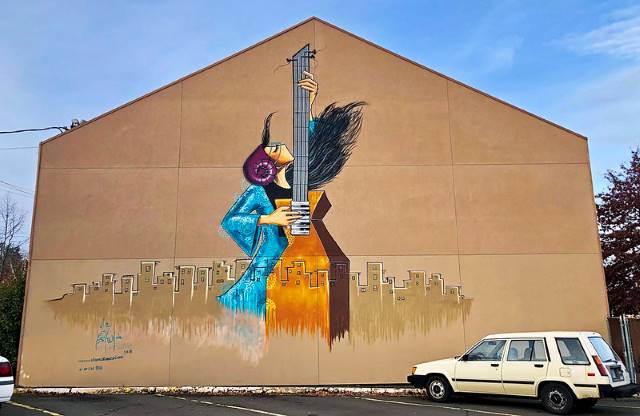 War-torn and poverty-stricken, people of the developed world seldom think of Afghanistan as a place where beauty and art bloom. But, in the streets of Kabul, Afghanistan, a movement is growing. Contemporary street artists in Kabul use the ruins of blasted city walls and bombed-out buildings as their canvas, slowly transforming the city from the shell of a warzone to an open-air art gallery. However, the goal of this gallery is not simply beautifying the city’s rubble-strewn streets but actually inciting social change for Afghanistan.
War-torn and poverty-stricken, people of the developed world seldom think of Afghanistan as a place where beauty and art bloom. But, in the streets of Kabul, Afghanistan, a movement is growing. Contemporary street artists in Kabul use the ruins of blasted city walls and bombed-out buildings as their canvas, slowly transforming the city from the shell of a warzone to an open-air art gallery. However, the goal of this gallery is not simply beautifying the city’s rubble-strewn streets but actually inciting social change for Afghanistan.